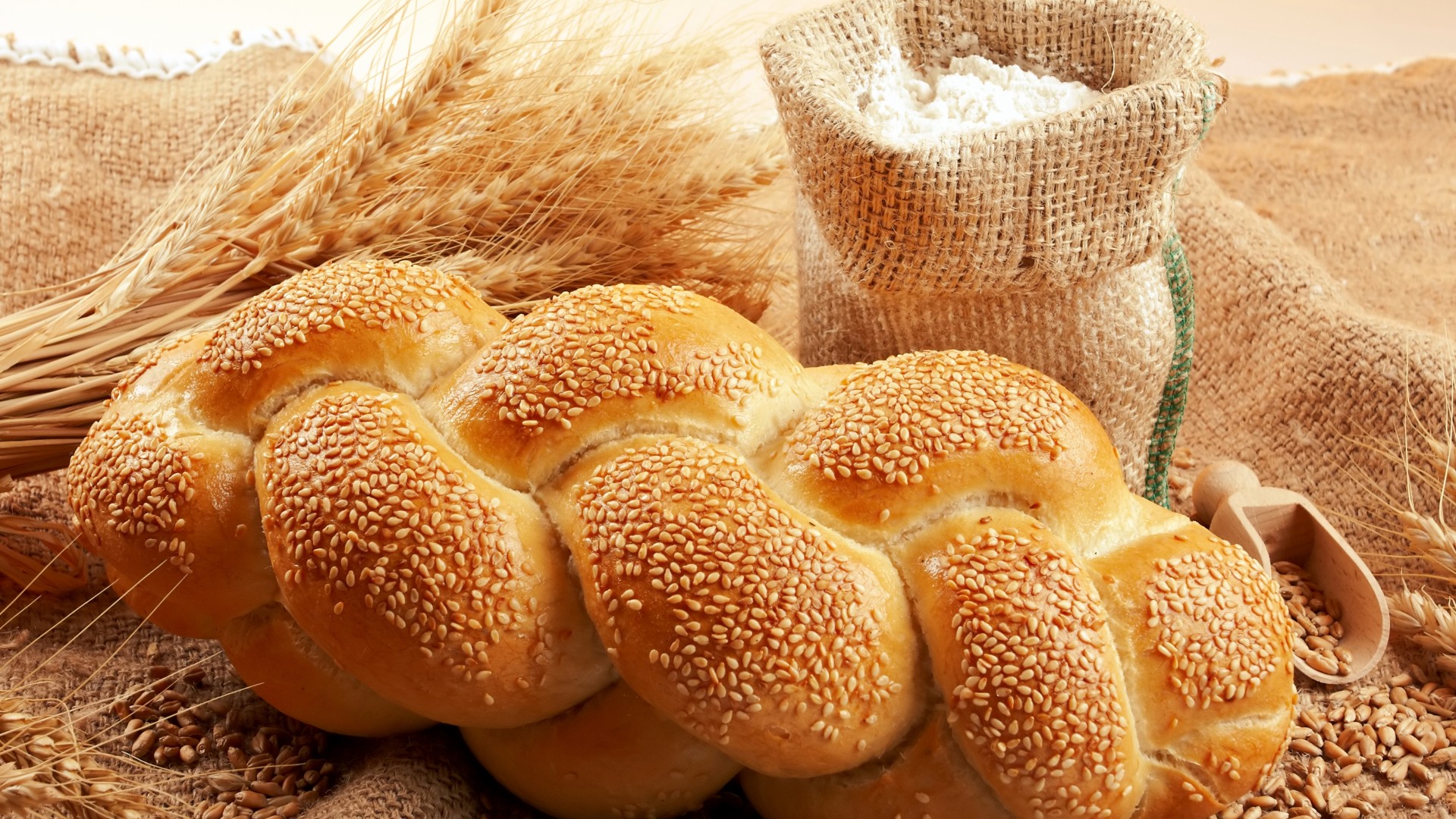A little history Kalács was a crucial holiday food of Hungarian cuisine for six centuries. Up until the late 1800s it was to be found exclusively at the largest holidays, such as Christmas or Easter. It was at the same time that its dough got much richer than that of bread with the addition of butter, milk, some yeast and maybe some eggs. As for the shape, we can talk about more diversity. Mostly it differed by region. Thus, one can find round-shaped or oblong, gridded, braided or unbraided ones, or others with or without a hole in the middle. The simplest of them all is the loaf-shaped baked on the bottom of the stove. Some put the dough in pans of different shapes and there were various methods of braiding, as well.Kalács around the world At Easter many nations consume ham, lamb, eggs and sweet pastries in different forms, following different traditions. The Italians, for example, have Colomba Pasquale, a kalács-like pastry shaped like a dove. In central Italy, there’s pizzelle, a baked wafer of some sort, and in Naples a spicy dough seasoned with ricotta is the typical Easter dessert.
In Spain almost all of the bakeries sell torrija, a pastry made with olive oil, at Easter. But in several regions of the country La Mona de Pascua, a dessert with almond and rich in eggwhite can be bought. Also, there’s Bartolillos madrilenos, a kalács-like pastry filled with pudding.
The most popular sweets in England at this time are the simnel cake (a cake rich in fruits and marzipan) and the hot cross buns (a sort of sweet roll with a cross made of sugar on top), but various biscuits are also served.
People in the USA and Canada eat Peeps, that is, Easter shapes made of marshmallow, while Germans have Osteramm, a cookie shaped like a lamb.

Kalács from the bottom of your heart Kalács is an absolute must on today’s Easter tables, too, so you might want to start baking. We had the luck of getting tips as to what should be used and how for a perfect kalács from a real professional. As you enter Kemence Pékség, a bakery in the 18th district, you’ll know that it’s a slice of heaven - enormous loaves of braided kalács, beiglis (rolls filled with poppy seed, walnut or chestnut), Gerbeaud cakes and molten chocolate in huge pots. This feeling only amplifies when Erika Egervári, the production manager of the bakery, guides us through the sea of Easter delicacies with a hearty smile on her face. She lets us know that as the holiday approaches people generally look for traditional cakes, such as the various kinds of kalács, smaller snacks, such as Gerbeaud, chess or Linzer cakes and savory scones. She goes on saying she loves experimenting with new flavors. She’s tried kalács with saffron and bear leek, as well.
The quick reply to the question what the most important factor is when making the dough is the quality ingredients. The bakers use real milk and egg for the dough and real walnuts, poppy seed, quality cottage cheese or home-made jam for the filling. And, of course, for the creation of good kalács, it’s essential to make it with pleasure and love. This must be the secret to Erika’s success, too.Tricks and hints Kalács is easy to make given you have a good recipe. While the fresh, golden kalács is a wonderful sight in itself, you might as well decorate the cooled pastry. You can use chocolate coating (even brown and white one together), that you make either by melting chocolate or cooking it yourself. Then you can dip the kalács into it or apply it on the cake. You can go even further and let your fantasy loose to put various other things on top, such as, dried fruits, almonds or walnuts.
If you want to amaze you loved ones (and yourself) with something even more special, get your hands on some cake shapers. Our favorite was undoubtedly the sheep-shaped one. Of course, you can decorate it, too. Bathed in chocolate or rolled in grated coconut it will make for a lovely and indeed special Easter meal.




